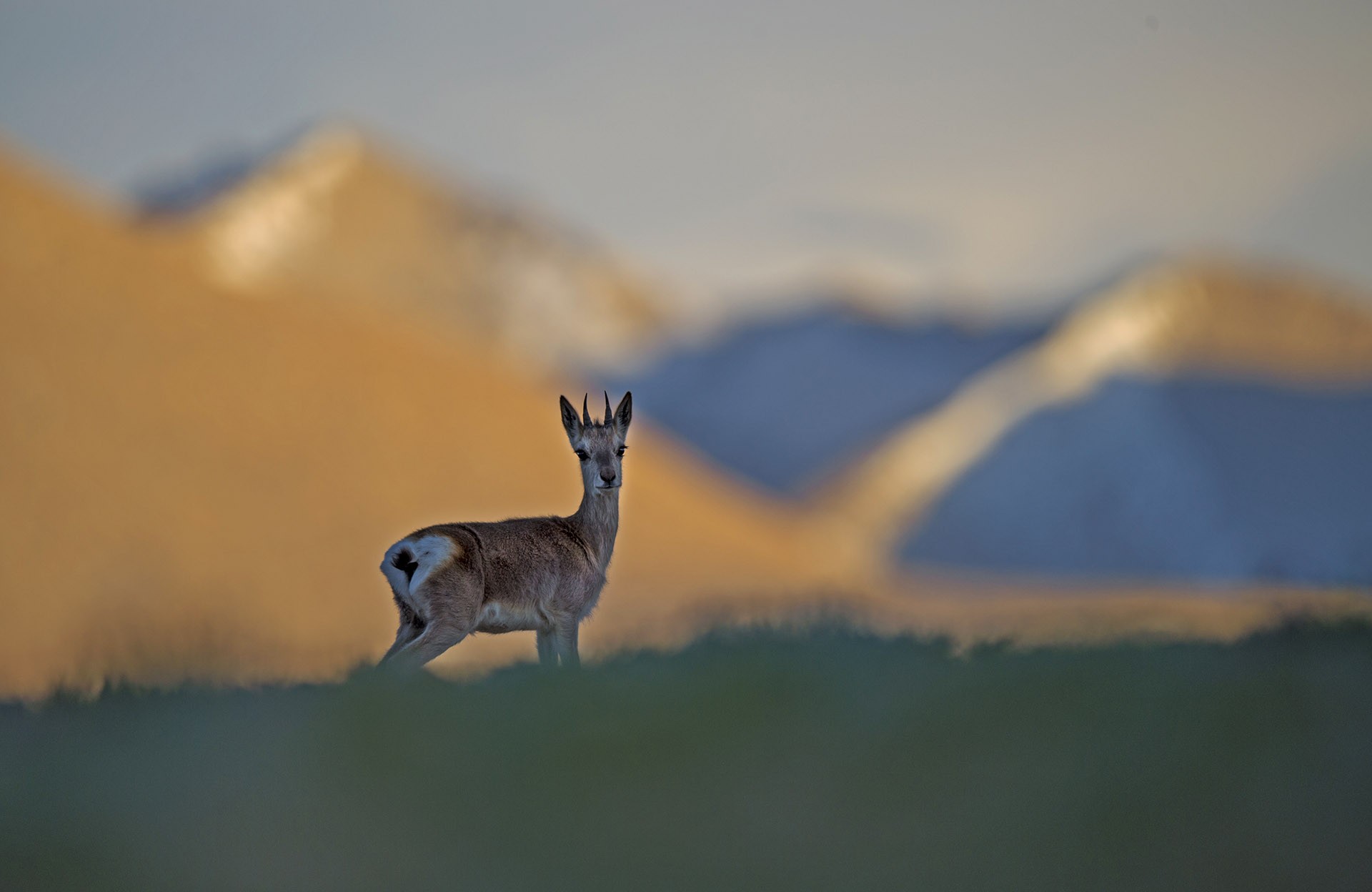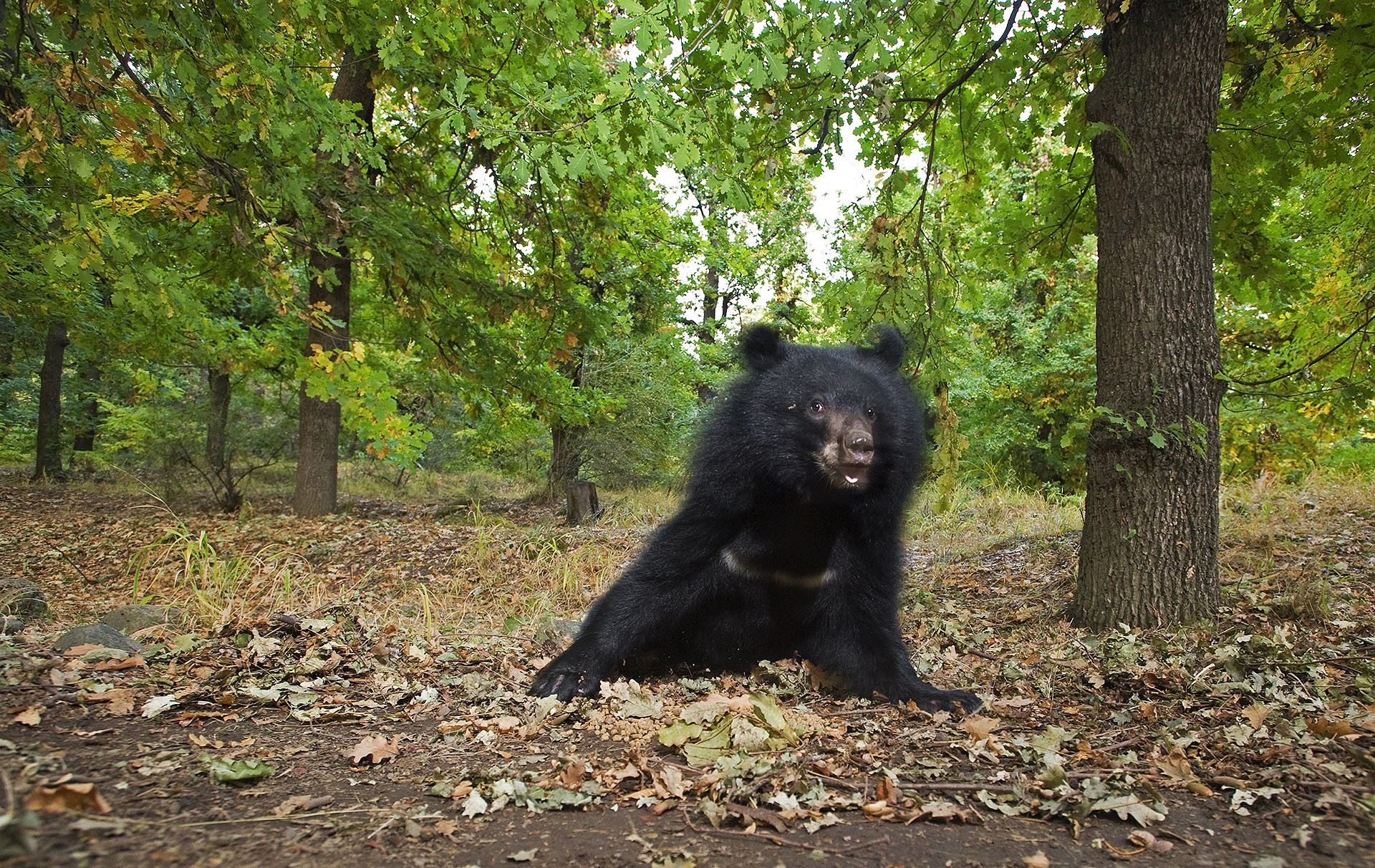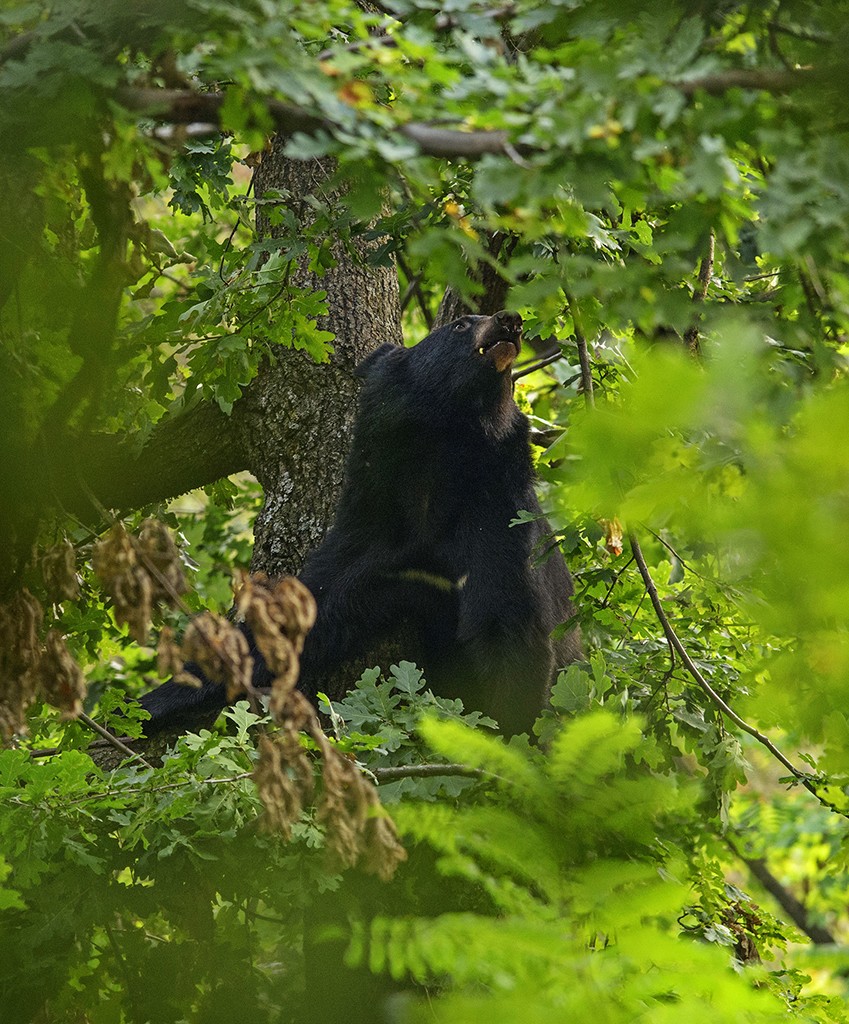Nature photography has no fixed rules when it comes to documenting rare species. In most situations, it just demands in-depth study, homework, time and hard work. And, of course, the result depends on execution. My experience says that though certain species are rare, it becomes simpler to locate them once you know their preferred habitat and/ or behaviour. Take the examples of the Tibetan Gazelle (Procapra picticaudata) or the Himalayan Black Bear also known as the Asian Black Bear (Ursus thibetanus). The gazelle is very rare, but your chances of finding it near Hunlay in Ladakh are high.
I planned a trip exclusively for the Himalayan Black Bear, and studied it for a week before deciding the locations to shoot from. This bear is very difficult to spot in the wild, but if you track its behavioural pattern, it becomes easier.
From August to October, in Dachigam National Park, bears visit a big patch of oak forest, not far from the entrance of the park, for fruits. During the late evening, you can see them climbing trees or eating fruits on the ground. They are absolutely involved in feeding, giving photographers an opportunity to observe them closely. It is imperative to research and make a focussed plan upon a species’ preferred habitat.




